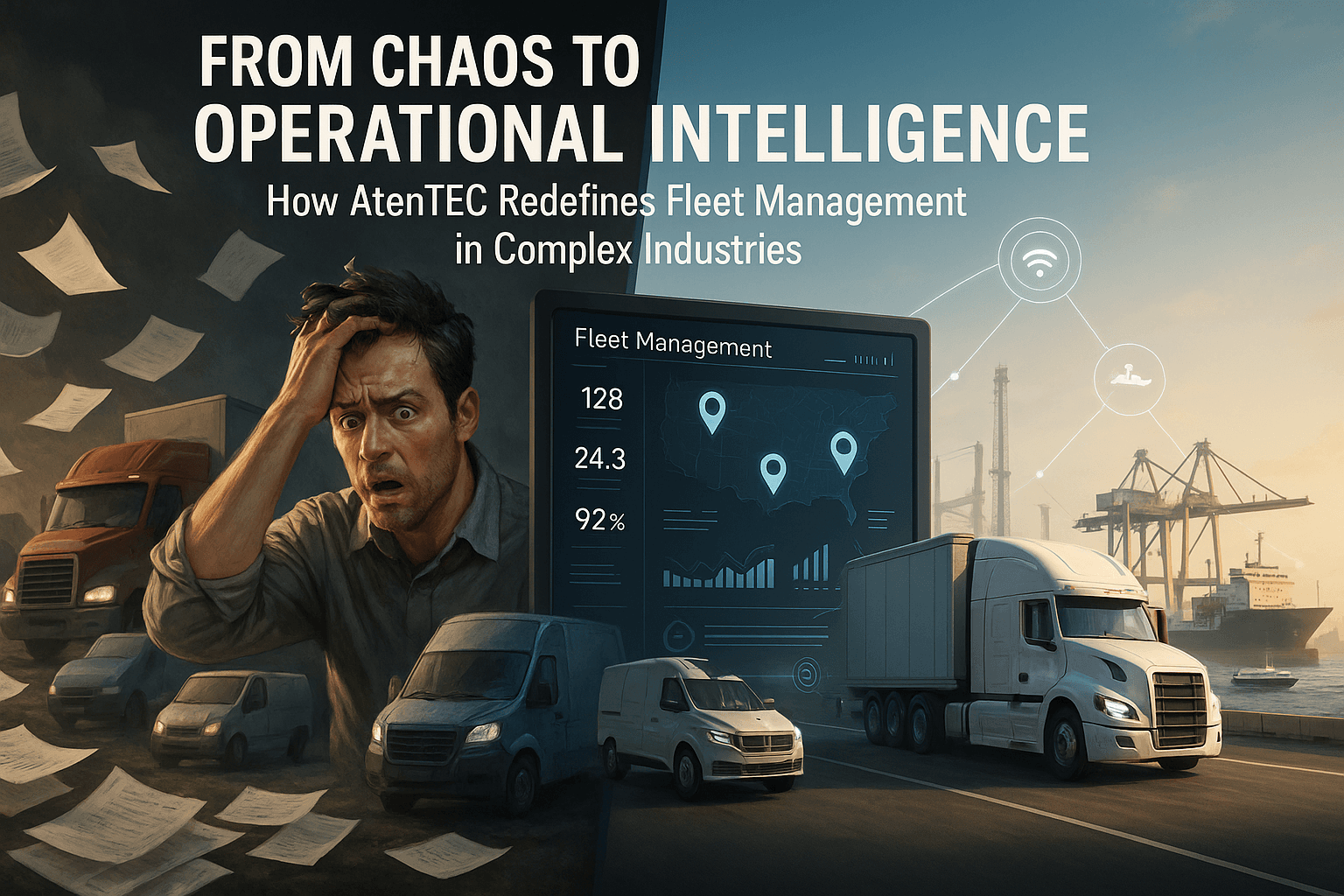Optimizing Onboarding List Management for Tourism Marinas: A Game-Changer for Efficiency
In the fast-paced world of tourism marina operations, managing onboarding lists for incoming and outgoing vessels is a critical task.
Every boat or yacht must submit onboarding lists for both arrival and departure, including detailed information about passengers and crew. These lists are essential for Passport Control, Customs, and other authorities to ensure compliance with maritime regulations.
The Challenges of Onboarding List Management
Marina operators face two major challenges when handling onboarding lists:
-
Frequent Updates After Submission
Onboarding lists are often revised multiple times after being submitted to the marina, making it difficult to track changes and ensure accuracy. -
Data Inconsistencies
With onboarding lists compiled from various sources, missing or incorrect information is common. This can lead to operational delays and disrupt efficient marina management.
These issues create inefficiencies, requiring marina staff to perform multiple confirmation steps upon a vessel's arrival or departure. Additionally, it complicates the invoicing process for marinas that bill maritime transport companies based on the number of passengers—often resulting in incorrect charges.
Common Problems in Tourism Marina Onboarding List Management
- Inconsistent Nationalities – The same country may be listed as USA, America, US, or United States, creating confusion and requiring manual corrections.
- Incorrect Data Entry – Mistakes such as entering a birth date in the passport expiration field cause further inefficiencies.
These inconsistencies can disrupt overall marina operations, slow down processes, and negatively impact customer satisfaction, as passengers may face delays.
How Anchornize and Anchor MMS Use AI to Revolutionize Marina Management
At Anchornize, we understand these challenges, and we leverage the power of AI to streamline onboarding list management. Our AI-powered software Anchor MMS thoroughly cleanses and verifies all data, resolving inconsistencies and filling in missing details automatically.
Anchornize provides a comprehensive, integrated solution that continuously updates and links onboarding data to the corresponding arrival or departure requests. This ensures seamless and accurate marina operations without multiple manual interventions.

The Benefits of AI in Tourism Marina Operations
Our system enhances efficiency by automating the final confirmation process through:
- QR code scanning at arrival or departure, speeding up passenger handling.
- Integration with Passport Control systems, enabling real-time verification.
- Manual confirmation only when necessary, saving time and reducing errors.
By incorporating AI into marina management, Anchor MMS also improves invoicing accuracy. This eliminates the need for credit or debit notes to correct billing errors, ensuring smooth financial transactions between marinas and maritime transport companies.
Why Accurate Onboarding Lists Matter in Tourism Marina Management
Accurate and well-managed onboarding lists are crucial for smooth tourism marina operations. From ensuring passenger safety to avoiding costly billing errors, onboarding data management directly impacts efficiency.
Anchornize’s Anchor MMS takes the hassle out of the process, allowing marina managers to focus on what matters most—delivering excellent service and optimizing performance.





